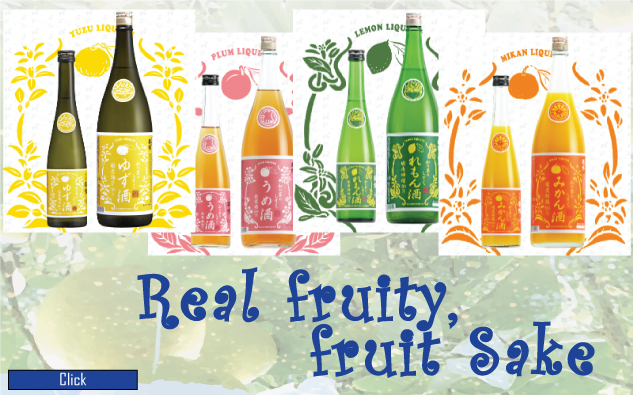Sake is a traditional Japanese alcoholic drink that has been gaining new fans all over the world. However, in its home market, Japan, the drink is losing its appeal among consumers. According to Genki Ito, the founder of Tippsysake, a US website that imports and sells sake, there are a number of factors contributing to the decline in sake sales in Japan. He points out that the increasing variety of alcoholic drinks available in Japan and the westernization of consumer culture have led to a significant drop in sake consumption.
Moreover, the reputation of sake in Japan has been damaged by the availability of cheaper, low-quality versions with additives that cause hangovers. Beer is now the most popular alcoholic drink in Japan, and sake has been further squeezed by the popularity of shochu, whisky, wine, and highballs. The Brewers Association of Japan reports that home market demand for sake has shrunk by 30% over the past decade.
The figures are stark; between 1973 and 2020, annual domestic sake sales fell by 75%. Despite this decline, there is one silver lining for Japan’s 1,100+ sake breweries: continuing strong overseas sales. The Japan Sake and Shochu Makers Association reported that exports of sake in 2021 totaled 40.2 billion yen ($294 million; £243 million), a record high for the 12th year in a row.
Despite declining domestic sales in Japan, sake continues to gain new fans around the world, driven by a growing demand for new exciting Sakes such as those exported by the Japanese distributor Sakeportal who target smaller Artisan breweries that stand by traditional brewing methods to produce exquisite sake.
These “true taste” sakes are supported by demand as Jumpei Sato, CEO of Tatenokawa, a sake brewer, says that the growing appreciation of Japanese food and culture around the world is certainly helping to drive this international growth. Sake producers are focusing on exporting their best bottles and continuing with a successful policy. Mr. Sato explains that “Overseas export and high-end sake are key elements for our future management. Of course, the domestic sector is also important, but it is equally vital to be recognized in the new global market. I think it will give a bright future for Japanese sake.”
Furthermore, producers are adjusting their recipes to increase the level of natural acid in the sake and slightly reduce the alcohol content, making it taste more like wine. By doing so, sake can better pair with richer, fattier, and often dairy-based Western food, appealing more to wine enthusiasts.
The idea is to design the taste of sake to cater to consumers outside of Japan. This targeting of the wine enthusiast community appears to be successful, as prestigious wine-tasting competitions around the world now have sake categories, running alongside best US chardonnay or pinot noir.
Many sake-makers are also explicitly mentioning wine in their English language literature, suggesting that consumers enjoy sake from stemware (wine glasses) rather than worrying about procuring traditional vessels like ochoko and guinomi (sake cups). Sake producers are even bringing on board former winemakers to help make their sakes more wine-like.
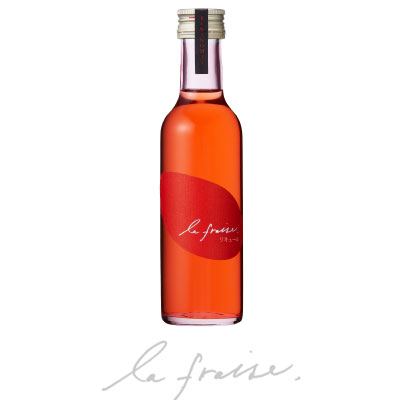
According to UK wine writer Jamie Goode, lighter, fruitier sakes are the ones that are really flying on the international market, and they are more accessible for people used to wine, who can appreciate them more easily than some of the more traditional sakes. A good example is Kikkawa brewery’s Afuri Passage which fuses sake and wine yeast to create a new type of sake.
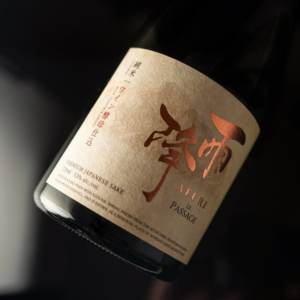
Moreover, sake has been found to be an excellent pairing with non-Japanese foods, as Courtney Kaplan, the co-owner of Los Angeles sake bar and restaurant Ototo, reports. Sake has high levels of the amino acid glutamate, which it shares with tomatoes and Parmesan cheese, making it a natural fit for pizza. Kaplan notes that some sake producers even talk about pairing sake with non-Japanese foods like steak or beef, and they have developed specific sakes for this purpose, like “Cowboy” sake.
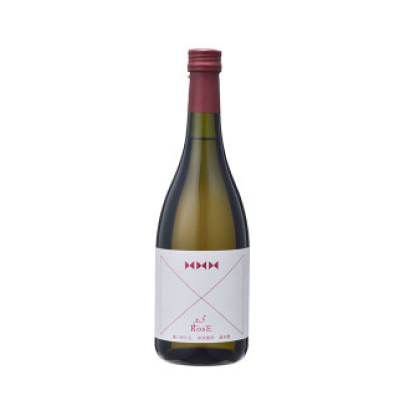 Previous Article
Previous Article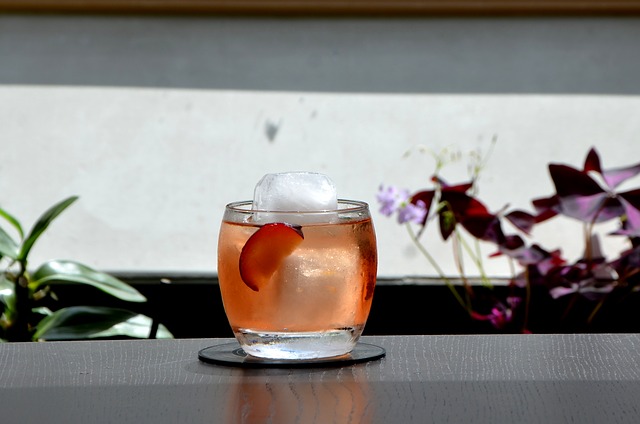 Next Article
Next Article
- Categories:
- Share :
 Previous Article
Previous Article Next Article
Next Article
